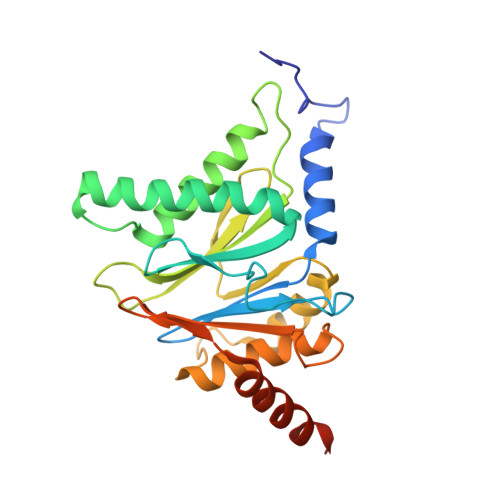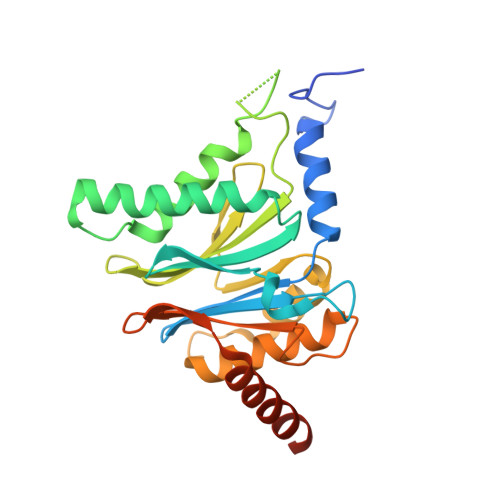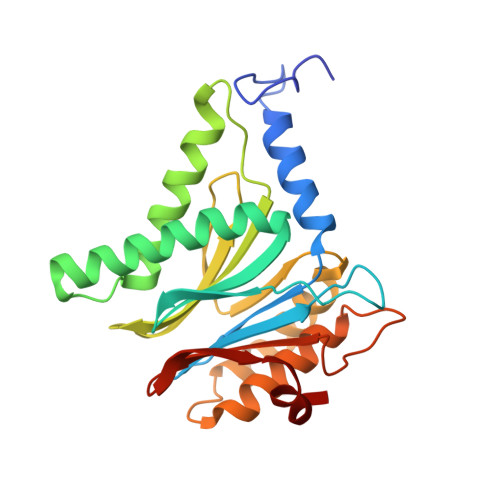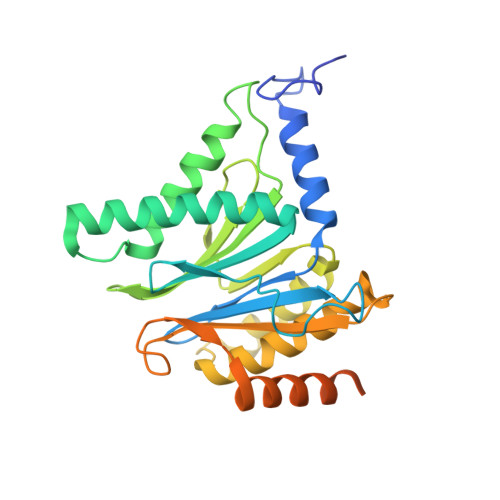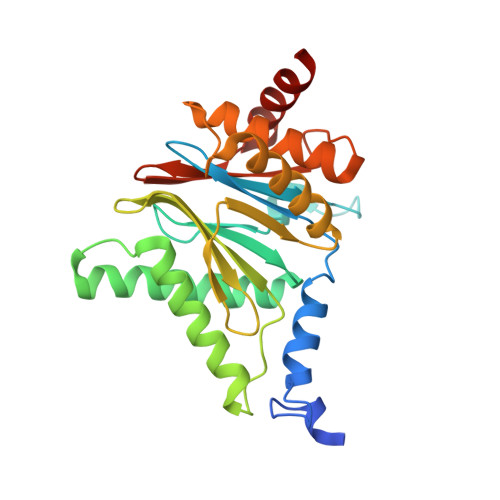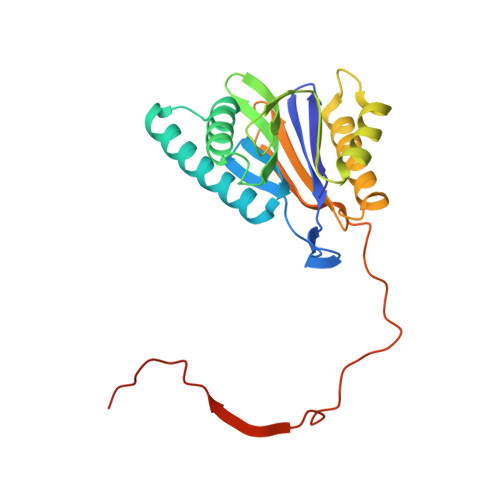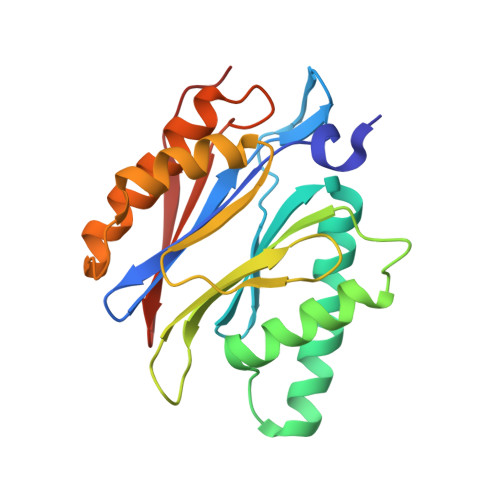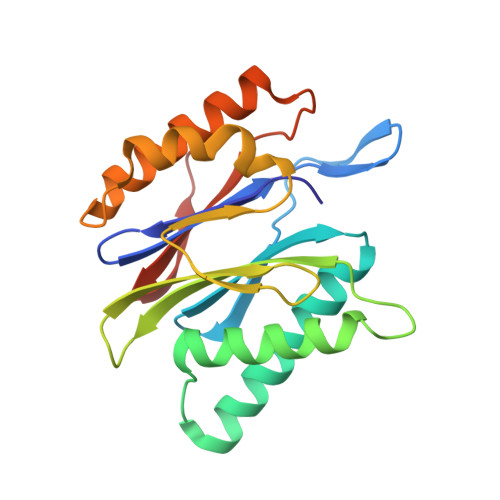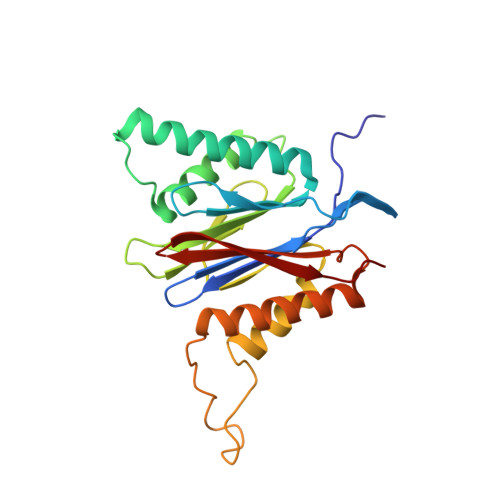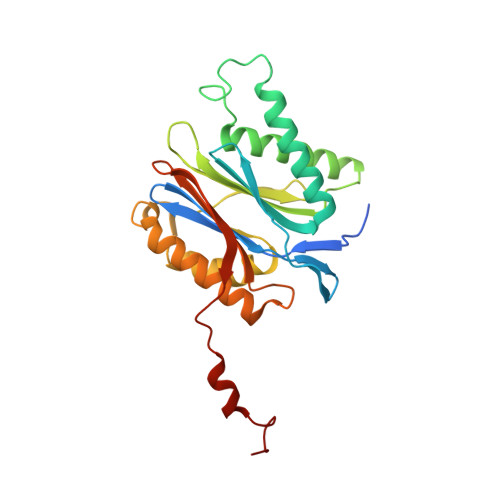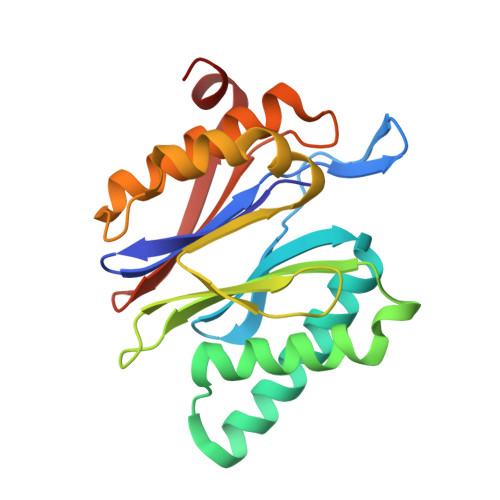Design, synthesis, and evaluation of cystargolide-based beta-lactones as potent proteasome inhibitors.
Niroula, D., Hallada, L.P., Le Chapelain, C., Ganegamage, S.K., Dotson, D., Rogelj, S., Groll, M., Tello-Aburto, R.(2018) Eur J Med Chem 157: 962-977
- PubMed: 30165344
- DOI: https://doi.org/10.1016/j.ejmech.2018.08.052
- Primary Citation of Related Structures:
6G7F, 6G8M, 6G8N - PubMed Abstract:
The peptidic β-lactone proteasome inhibitors (PIs) cystargolides A and B were used to conduct structure-activity relationship (SAR) studies in order to assess their anticancer potential. A total of 24 different analogs were designed, synthesized and evaluated for proteasome inhibition, for cytotoxicity towards several cancer cell lines, and for their ability to enter intact cells. X-ray crystallographic analysis and subunit selectivity was used to determine the specific subunit binding associated with the structural modification of the β-lactone (P 1 ), peptidic core, (P x and P y ), and end-cap (P z ) of our scaffold. The cystargolide derivative 5k, structurally unique at both P y and P 1 , exhibited the most promising inhibitory activity for the β5 subunit of human proteasomes (IC 50 = 3.1 nM) and significant cytotoxicity towards MCF-7 (IC 50 = 416 nM), MDA-MB-231 (IC 50 = 74 nM) and RPMI 8226 (IC 50 = 41 nM) cancer cell lines. Cellular infiltration assays revealed that minor structural modifications have significant effects on the ability of our PIs to inhibit intracellular proteasomes, and we identified 5k as a promising candidate for continued therapeutic studies. Our novel drug lead 5k is a more potent proteasome inhibitor than carfilzomib with mid-to-low nanomolar IC 50 measurements and it is cytotoxic against multiple cancer cell lines at levels approaching those of carfilzomib.
Organizational Affiliation:
Department of Chemistry, New Mexico Institute of Mining and Technology, Socorro, NM 87801, USA.










